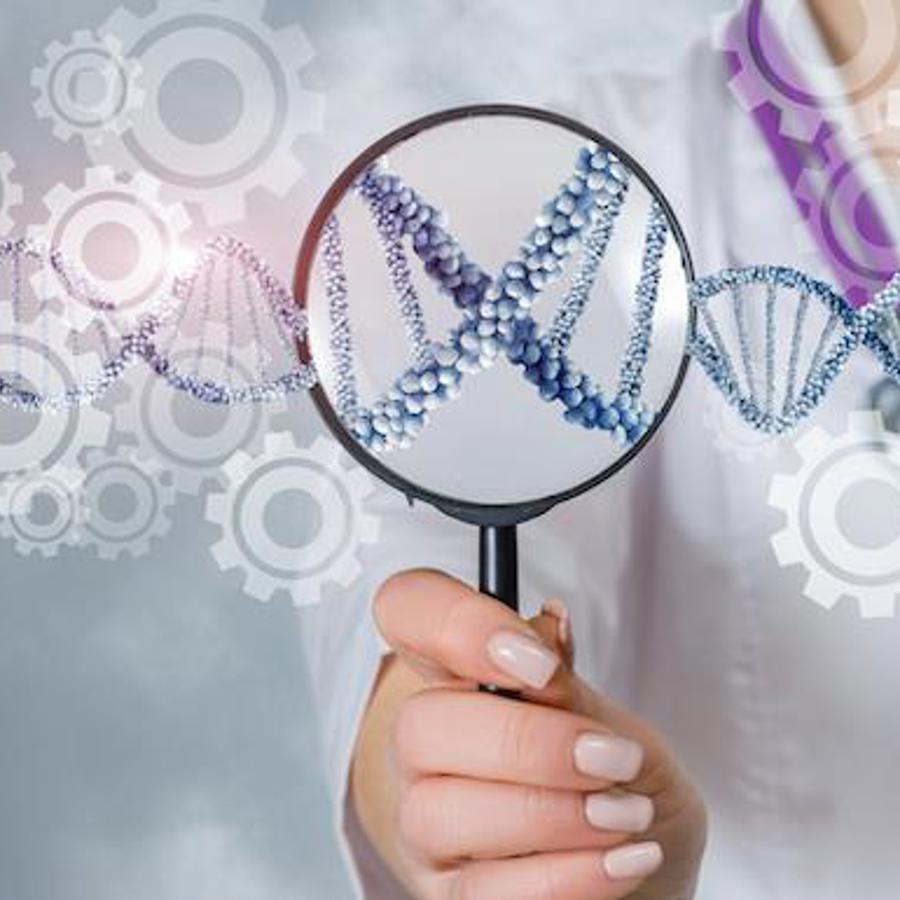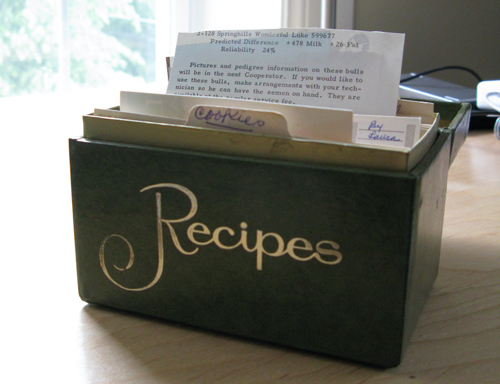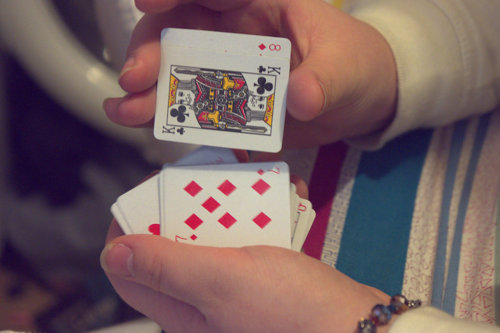
What can we learn about people from their DNA? What happens if my DNA is public?
June 8, 2011

A curious adult from California asks:
"I read somewhere that someone was able to figure out if James Watson would get Alzheimer's from his DNA even though that part of his DNA was hidden. How did that work? If any of my DNA becomes public, will scientists be able to figure anything they want about me?"
Note: This week's answer was written by a Stanford undergraduate student enrolled in BIO-161. These students were assigned this question to answer, and the answer that best fit was selected to be published here. Enjoy!
These are great questions! First off, scientists were able to figure out what sort of genes James Watson kept hidden by looking at nearby DNA. Often, DNA that happens to be next to each other tends to get inherited together.
The DNA near Watson's hidden DNA tends to be linked with Alzheimer's. So the scientists made an educated guess about what Watson's hidden DNA was. And they were right.
Secondly, I wouldn't worry too much about scientists being able to uncover all of your deep genetic secrets just by looking at your DNA. You are more than your genes.
Sure, genes are the reason for a lot of your traits. And geneticists could peek at your DNA and do a good job figuring out if you've got freckles or blue eyes. But when it comes to things like your favorite color, your musical preferences, or who inspires you, genes just don't give us the whole explanation.

Things like the environment and your daily lifestyle have just as much of a say in what makes you, well, you! For example, some genes are known to increase your risk for high cholesterol. But this risk also depends on the things you eat. Even if you have those high cholesterol genes, you can help lower your cholesterol levels with lifestyle choices. Your risk can also change based on parts of your environment that you can’t control, like stress. But that doesn’t mean the risk is genetic.
So both your genes and your environment contribute to who you are. And while we’re on this subject, let's set one thing straight about what those scientists were able to figure out about James Watson…
They were only able to figure out that his DNA made him more likely than others to get Alzheimer's. But, like high cholesterol, it's no guarantee! In fact, some say that staying healthy and keeping your brain active can help reduce the risk for Alzheimer's.
So rest assured, a scientist with free access to your DNA would not be able to figure out everything about you. That being said, they'll certainly find lots of clues about you in there. Even when you try to hide some of it from them.
Genes Come in Different Versions
Your DNA is the source of all of your genetic information. It is a lot like a cookbook for building and running you.
It has lots of genes that act as recipes for various traits and diseases. While two different cookbooks may have recipes for the same dish, they might call for different steps or ingredients. This will lead to two different versions of one dish.
In the same way, genes can come in different flavors. For example, the recipe for eye color may produce green eyes in one person and blue eyes in another. Each person has an eye color gene; they just each have different versions. (All right, I admit that the actual genetics behind eye color are a bit more complicated.)
The gene Watson wanted hidden is called APOE. It gives our body instructions to circulate fats throughout our blood.
Genes are Found on Chromosomes
So genes are segments of DNA that can come in different versions. But where are they actually located? On chromosomes.
Chromosomes are long stretches of DNA that have genes. Most people have 23 pairs of chromosomes that carry almost all of their genes. They get one copy of each chromosome from mom and one from dad.
As you can probably guess, the APOE gene comes in different versions--at least three that we know of. One of these versions, called e4, is associated with an increased risk of developing Alzheimer's disease.
Put another way, most of us have two copies of each chromosome (with the sex chromosomes being an exception in males). That also means two copies of each gene.
How do we end up with two chromosomes? You might remember that genes are passed down from generation to generation. Well, chromosomes offer a nifty way of doing just that.
We get 23 of our chromosomes from our mother's egg, and the other 23 from our father's sperm. In total, that gives us 46 chromosomes.

You might be wondering if those 23 chromosomes from mom are the same 23 chromosomes she got from her mother? Or did they come from her father? (My family always said I took after my Grandpa Joe...)
It's a little more complicated than that. For each pair of mom's chromosomes, think of a coin being flipped to decide which one got to make its way into your cookbook. The same goes for your dad's chromosomes.
Now if that is all there was to it, it would be easy to figure out hidden DNA. If you knew any part of a chromosome, then you could guess the rest of it. You could easily uncover hidden DNA unless the whole chromosome was hidden.
But as you've probably figured out by now, nothing in biology is that simple. Before each pair of chromosomes faces off in that fateful coin-flip, chunks of DNA first get swapped back and forth between the two.
So genes that were originally on one chromosome can end up on the other chromosome. Thanks to this DNA-swapping, your chromosomes are a mix of your family's genes. This is great for making us all so wonderfully unique. But it makes uncovering hidden DNA trickier.
Genes Can be Linked
Scientists could figure out Watson's hidden DNA because during DNA-swapping, genes that are close to each other on one chromosome tend to travel together. They either travel together to the other chromosome or stay put. Why?
Imagine cutting a deck of cards into two piles. You split the deck at random, but it's pretty likely that a card at the top of the deck will not be put into the same pile as a card at the bottom. But two cards that are right next to each other--one on top of the other--are more likely to go into the same pile.

Genes work the same way. Close ones on the same chromosome tend to travel together. Just like the two cards next to each other in our deck of cards.
When genes (or nearby DNA) are so close that they travel together, we refer to them as being "linked." This is how the scientists figured out Watson's APOE version.
The scientists looked at the DNA near the APOE gene in people with different APOE versions. They were able to pick out bits of DNA that tended to stick with certain versions of the APOE gene.
Then they looked at Watson's DNA. Based on the DNA near the APOE gene, they were able to make a pretty good guess as to what Watson's APOE version must be. Tricky scientists!
Read More:
- Science News on YouTube: Video about DNA-swapping (also known as recombination)
- How can recombination lead to paternity problems?
- Nature: Press release on Watson’s genome

Author: Taryn Sumabat
When this answer was published in 2011, Taryn was a Stanford undergraduate student enrolled in BIO-161.
 Skip Navigation
Skip Navigation
